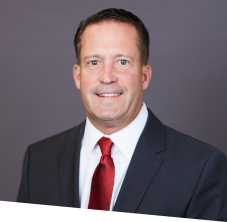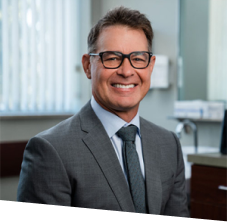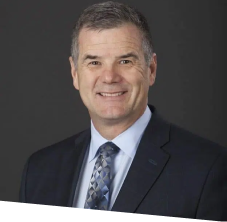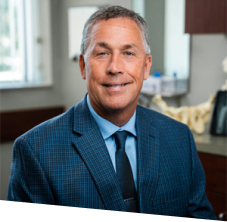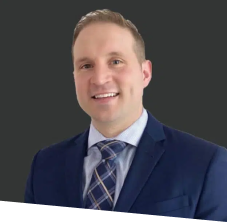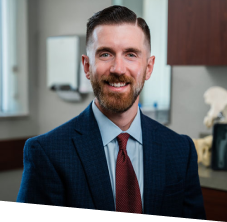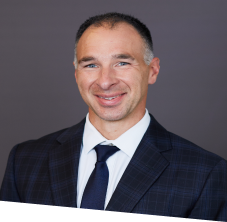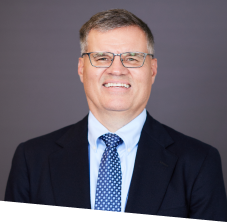Most Trusted Hip Care in Central Ohio



Offering State-of-the-Art Non-Surgical, Surgical & Rehabilitation Treatments for Hip
Our hip specialists at OrthoAlliance recognize that the impact of hip problems can take a toll on a patient, and sometimes, those patients are unable to walk or are fearful they will fall because their hip feels unstable.
Hip specialists can help patients dealing with these challenging issues and others in order to restore them to better health and a better quality of life. Oftentimes, hip injuries can be treated with conservative methods, such as injections.
However, there are some instances where nonsurgical methods do not provide adequate relief and surgery is necessary, like a hip replacement.
What They Say About Us
The best surgeon around. So patient and takes time to explain everything so that you understand. Very gentle and not out to hurt you. He did both of my hip replacements.
Patient
Very professional and very caring. Makes you feel comfortable from the first visit.
Patient
Very professional, thorough, friendly and caring staff. I would recommend.
Patient
About the Hip
The hip is a ball-and-socket joint comprising two bones, the femur (thighbone) and the pelvis. The ball of the hip joint is made by the femoral head, while the socket is formed by the acetabulum. The hip’s ball-and-socket joint allows the leg to rotate and move forward, backward, and sideways.
Being aware of certain symptoms is important because if a hip issue can be diagnosed and treated early on, it will help to avoid further hip damage and pain in the future. Sharing this information with your specialists allows them to provide you with the best hip care.
Our board-certified orthopedic surgeons are specialty-trained in diagnosing and treating a variety of hip injuries and conditions. Our specialists always strive to find a conservative treatment for you first before recommending surgery. However, if surgery is the best option, our surgeons have extensive experience in performing surgical hip procedures, such as hip replacement and hip revision surgery. We are dedicated to providing compassionate, expert orthopedic care to get you moving and keep you active.
Our orthopedic hip specialists understand that hip pain can have a major effect on your lifestyle and keep you from performing routine, everyday activities. Call us today to schedule your appointment with one of our hip specialists.
Common Problems
Arthritis
In a healthy hip, the ball and socket are protected by a layer called articular cartilage, which allows for the bones in the hip joint to glide together smoothly. One of the most common forms of injury to the hip is hip arthritis.
Hip arthritis occurs when the articular cartilage in the hip joint wears down or is damaged, resulting in the bones grinding together. This causes painful inflammation and stiffness in the hip, making it difficult to move the leg.
Dislocation
A hip dislocation is an injury that occurs when the ball at the head of your femur (leg bone) slides out of its socket. It can slide backward or forward out of the socket.
Hip dislocations are extremely painful, although if it causes nerve damage, you may lose feeling in your leg or foot.
Hip Bursitis
Your bursae are tiny gel-filled sacs in your joints that provide cushioning between your bones.
Bursitis develops when overuse or repetitive movements cause inflammation in the bursae. You can also develop hip bursitis following an injury or surgery.
Osteoarthritis, rheumatoid arthritis, snapping hip, or femoroacetabular impingement (FAI), which is also known as bone spurs, can also contribute to bursitis.
The first sign of bursitis is a sharp pain in your hip. As the condition progresses, the pain can spread to the outside of your thigh and become a constant dull ache.
You might have more severe hip pain at night or when you move between sitting and standing.
Hip Labral Tear
A hip labral tear is a common condition that can be very painful and lead to difficulty with activities such as walking, running, and normal daily functioning. Hip labral tears are a common source of pain and decreased function in athletes, especially those who engage in activities that require repetitive hip rotation, such as basketball, soccer, and football.
With the proper care, patients with this condition can return to their prior level of activity.
Hip Impingement
Femoroacetabular impingement (FAI) is painful. Depending on where the abnormal bone growth is located in your hip and the severity of your condition, your pain may vary from dull to sharp.
The head of your femur (thigh bone) fits into the acetabular socket in your pelvis and is secured by a ring of cartilage called the labrum. FAI usually develops when your hip bones don’t form as expected during childhood.
Many people can have FAI but never experience any symptoms. Athletes and other physically active people work their hips more vigorously, which can lead to more rapid joint damage and pain. Exercise doesn’t cause hip impingement — it’s a structural deformity.
Hip Fracture
A hip fracture is a break in the upper quarter of your thigh bone. Most hip fractures are either femoral neck fractures or intertrochanteric fractures.
A femoral neck fracture occurs in the area of bone just below the femoral head, known as the ball of the hip joint. An intertrochanteric fracture occurs between the femoral neck and the long straight part of the femur.
OrthoAlliance Hip Specialists
Orthopedic Specialists and Sports Medicine
Orthopedic Surgeon
Orthopaedic Associates of Zanesville
Orthopedic Surgeon
OrthoNeuro
Orthopedic Surgeon, Adult Hip & Knee Reconstruction
Orthopaedic Associates of Zanesville
Orthopedic Surgeon
Orthopedic Specialists and Sports Medicine
Orthopedic Surgeon
Orthopedic Specialists and Sports Medicine
Orthopedic Surgeon
Our Partner Locations
OrthoAlliance is a network of top orthopedic practices with expert clinicians and best-in-class orthopedic care. Together, our focus is on providing each patient with compassionate, patient-centered, and exceptional comprehensive care.
With OrthoAlliance, you’re connected to our integrated orthopedic network with comprehensive, efficient, and patient-centric care. That includes Central Ohio-area practices with more than 50 orthopedic and musculoskeletal specialists as well as 70+ physicians in more than a dozen orthopedic practices across Ohio, Kentucky, and Indiana.


